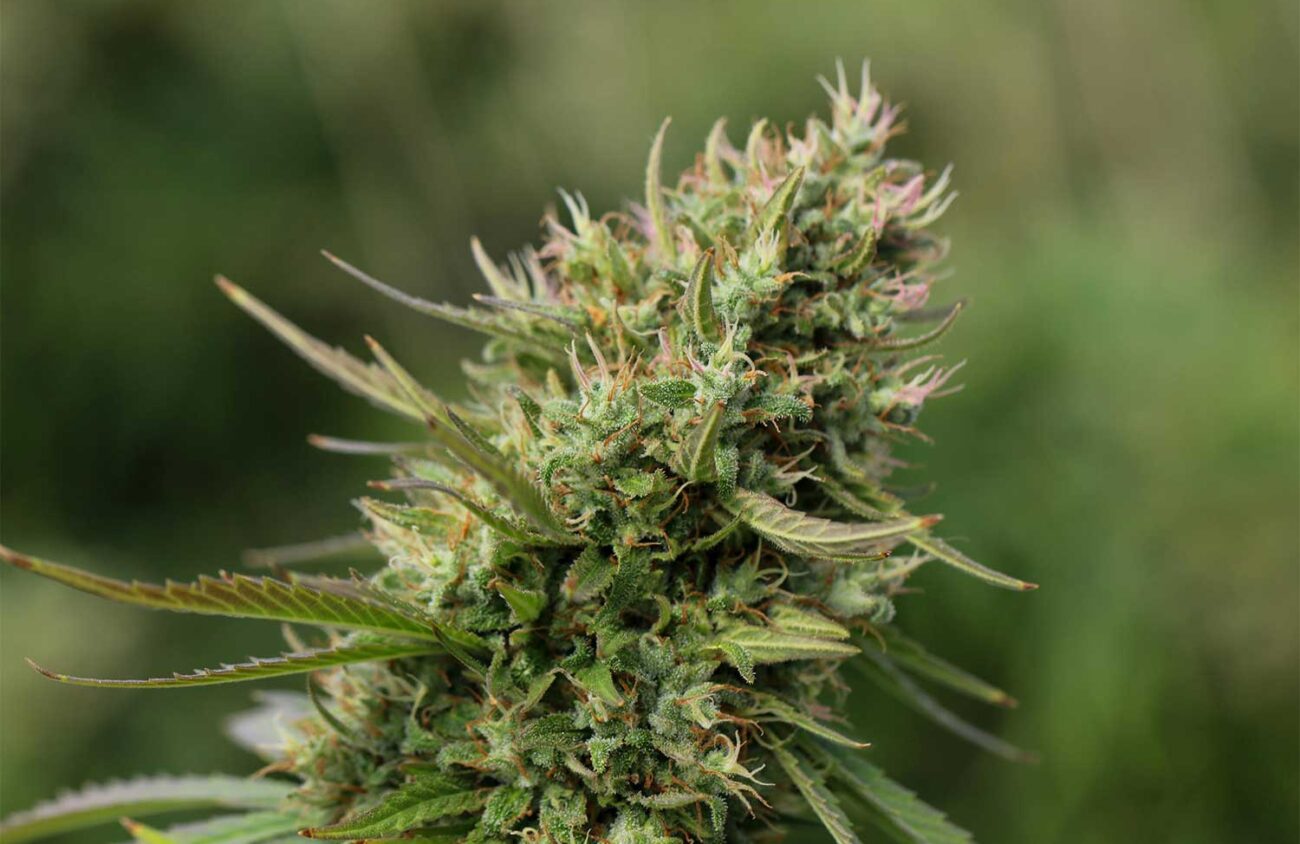Late spring into early summer is the perfect time to plant your summer crops — tomatoes, cucumbers and cannabis. According to Down to Earth Home, Garden and Gifts’ sales supervisor, Jeff Philpot, growing cannabis shares a lot of similarities with growing a tomato. Both crops grow fast, both need phosphorus for fruit and flower growth, and both can be well enjoyed on a hot summer day.
When Philpot grows outside he typically plants in late May or early June and harvests in September to October. “Outside cannabis is better, it has more going on in flavors and has a better structure,” Philpot says.
Under Oregon law, without a special license, households can cultivate up to four weed plants, and Philpot recommends four basic things to help any first-time cannabis grower so you can enjoy that za by summer.
When embarking on the journey of growing the devil’s lettuce, first-time growers will need a clone, a large pot, fertilizer, sea compost, kelp meal and soil.
Cannabis starts are known as clones. Growers can get a variety of clones in different strains. Philpot suggests going to Moss Crossing or Amazon Organics to purchase your favorite strain, whether that be indica, sativa, CBD or hybrid.
Moss Crossing gets its clones from Kaprikorn Cannabis Nursery in Eugene, which specializes in clone production. Brittany Whitlach, Moss Crossing manager, recommends while looking at strains to also consider their difficulty level. The difficulty level in cannabis cultivation depends on the strain lineage — some strains are adapted to certain growing conditions. For seasoned growers, Moss Crossing has a black maple clone that is intermediate difficulty. For beginning growers the lizard burger clone is an easy level of difficulty.
Once you choose your perfect clone don’t let the excitement of homegrown bud get the best of you resulting in planting too early. “I think the lighting and making sure you don’t have it to start bud too soon is a critical part that most people don’t know,” Whitach says. Cannabis begins to flower when the plant loses sunlight. If the plant is planted too early in the spring when the sun isn’t out for most of the day, the cannabis can begin to grow buds too soon which will result in a “tiny life bonsai cannabis plant.”
Similar to a tomato plant, cannabis grows tall and fast, so it needs a large 15- to 20-gallon pot. Tomatoes and cannabis also have roots that are too small for the large bushy plant that’s about to grow. To combat this, growers need to get a fertilizer high in calcium and phosphorus to promote strong root structure and green leafy growth. “Phosphorus is a big deal because towards the end we want to get big beautiful flowers,” Philpot says.
Down to Earth makes its own organic slow release fertilizer in house. For a clone, Philpot suggests the Bio-Live 5-4-2 starter and transplant mix. Seacoast Compost — which is made in Coos Bay from shrimp, crab shells and organic dairy cow manure — helps increase the root system. Philpot also commonly sees growers purchase kelp meal to help the cannabis plant grow and bud and prevent abiotic and biotic stress. “I’ve been coming here for years, even back in ’89, and it’s always been a tradition for cannabis growers to get some of these products,” Philpot says.
This 420, take your gardening sesh to the next level with a cannabis garden. “Even if you don’t smoke or anything, give it a try because it’s a cool plant and it has so many amazing different qualities,” Philpot says.
Down to Earth Home is at 532 Olive Street, 541-342-6820. Check out Down to Earth’s beginning cannabis guide at DownToEarthEugene.com. Find Moss Crossing at 2751 Friendly Street, 541-636-3724, MossCrossing.com, and at Amazon Organics at 3443 Hilyard Street, 541-636-4100, AOCannabis.com.
